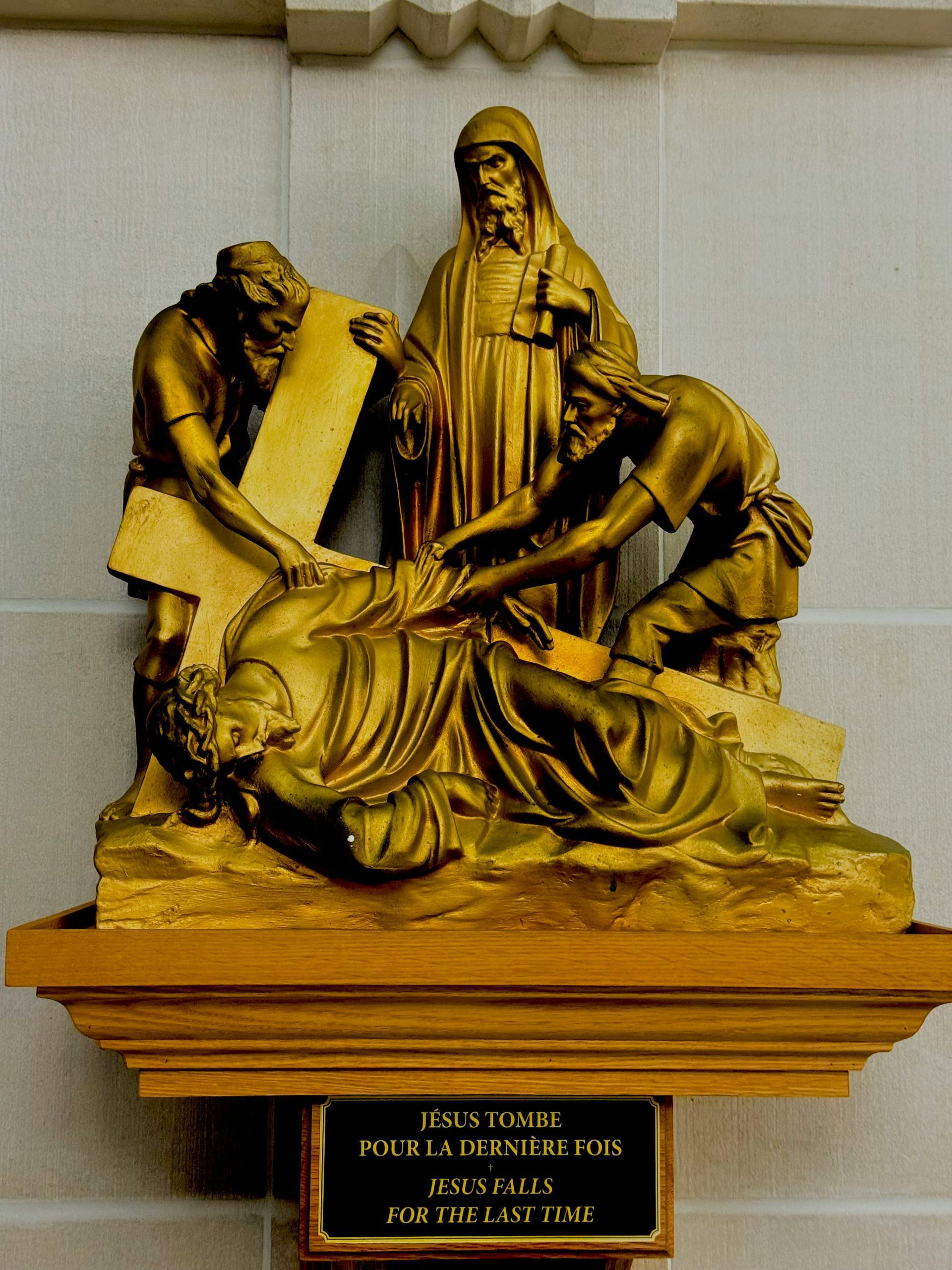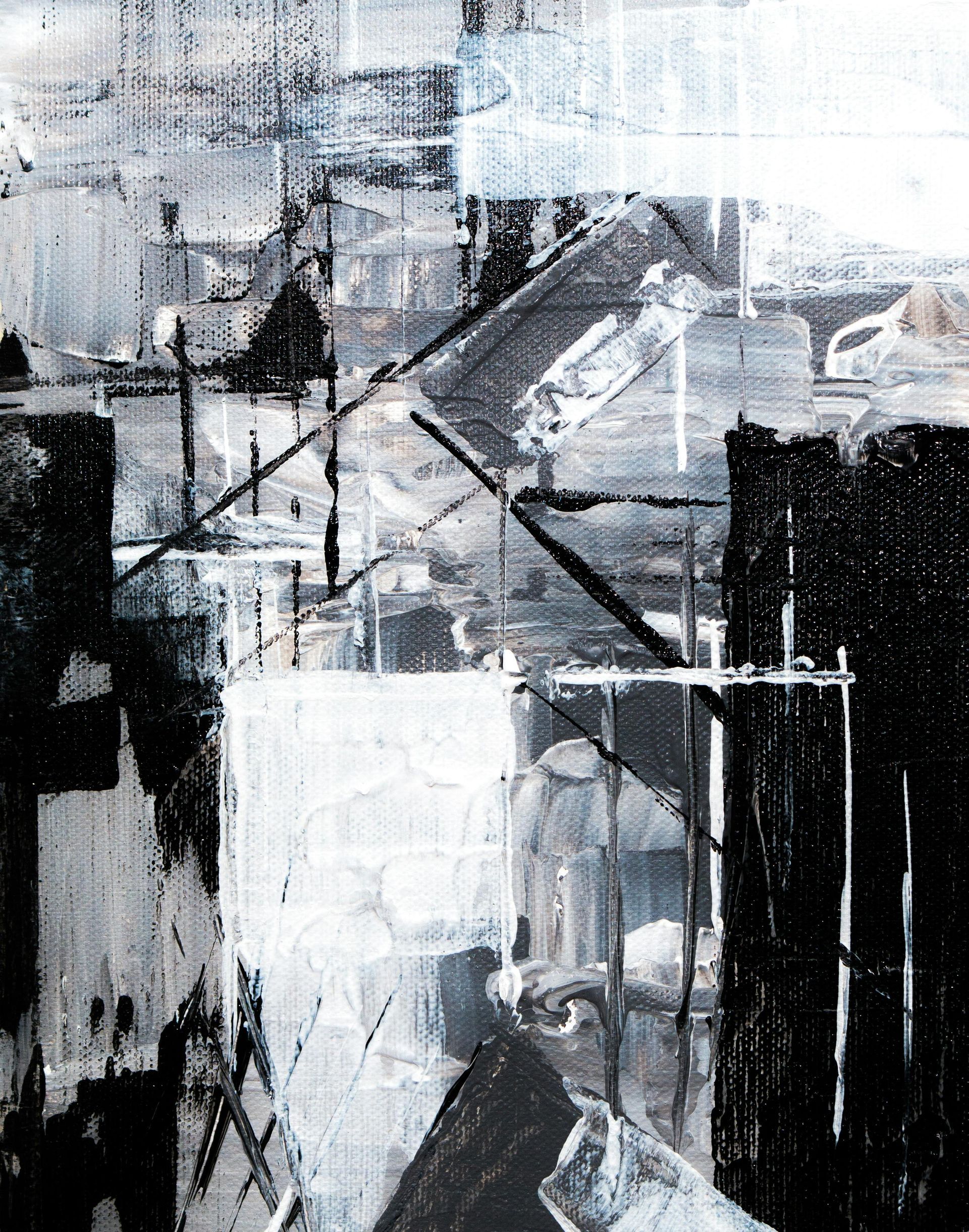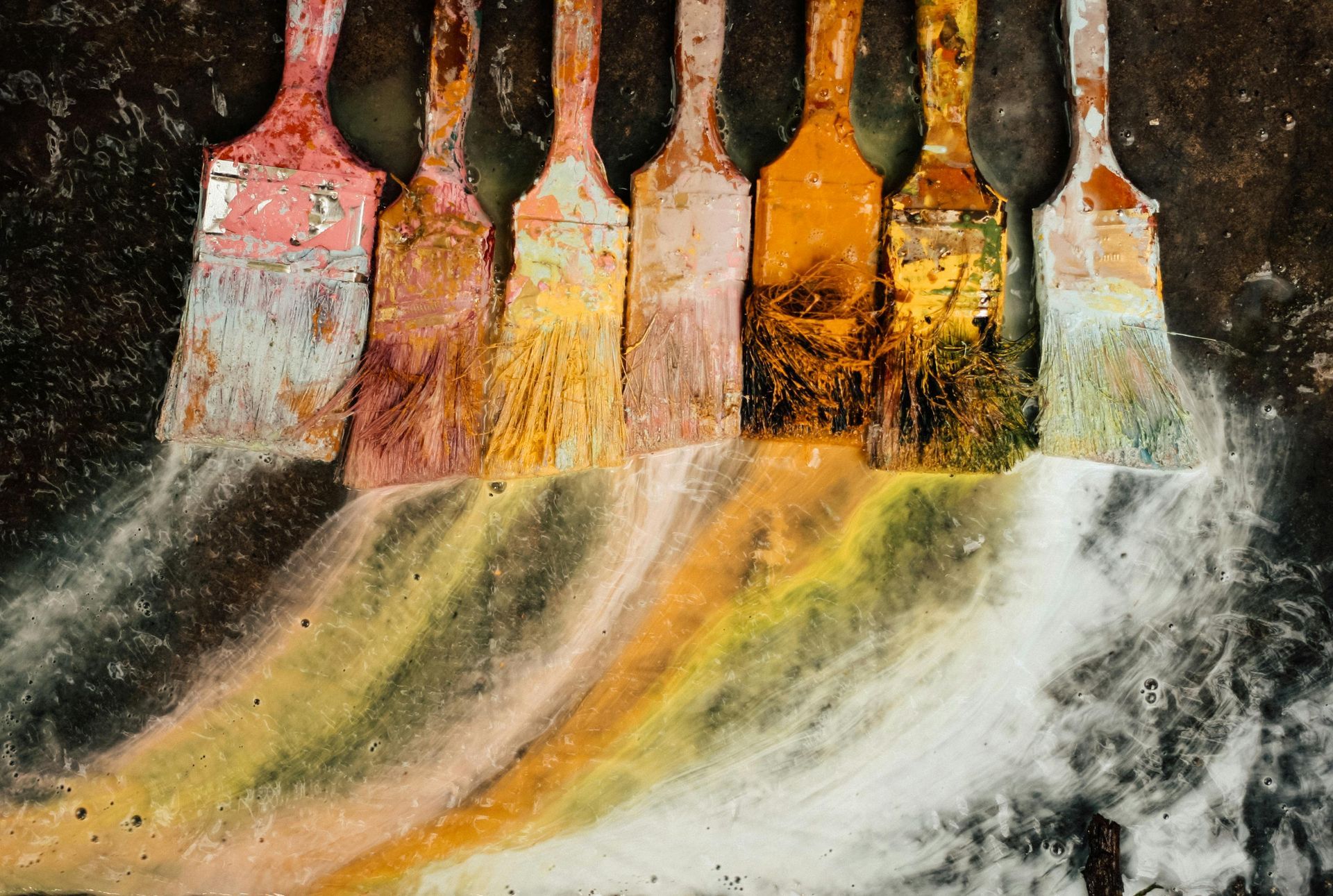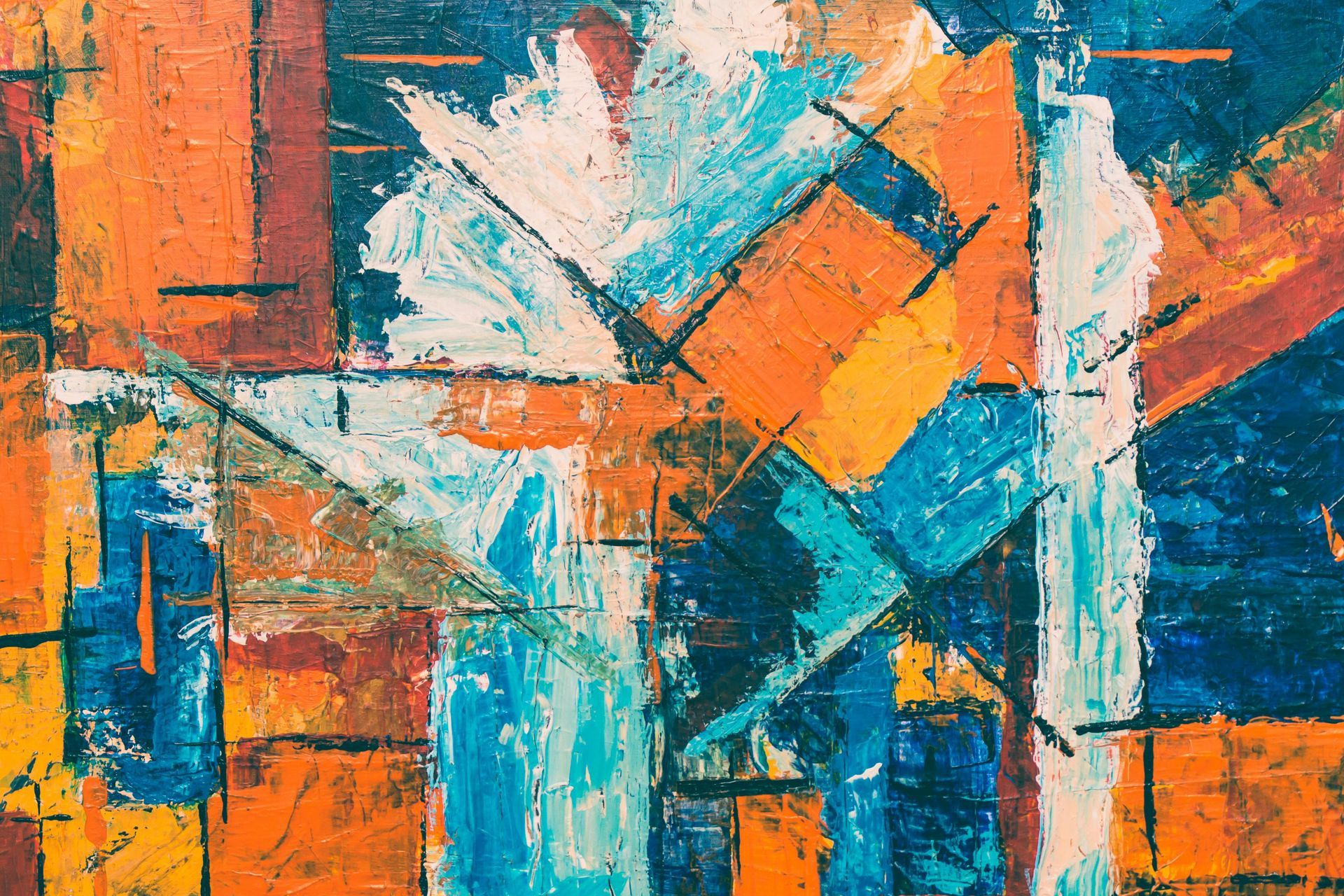Art That Breathes, Grows, and Transforms — Welcome to BioArt
What if we told you some artists are creating art that literally breathes, grows, and lives?
While the world debates AI vs. traditional art, a revolutionary movement is quietly rewriting what art can be. Welcome to BioArt—where artists use living bacteria as paint, grow sculptures from mushroom mycelium, and create masterpieces that evolve, reproduce, and transform over time.
This isn't science fiction—it's happening right now:
🧬 Living Portraits: Artists paint with E. coli bacteria on agar plates, creating invisible artworks that only reveal their colors after 24-48 hours of incubation. Each piece literally grows before your eyes.
🍄 Breathing Sculptures: Mycelium (mushroom root systems) are being shaped into busts, bowls, and installations that continue growing, releasing spores, and completing entire life cycles as part of the artwork.
🌊 Ocean Art Evolution: Underwater sculptures made from pH-neutral materials become living coral reefs, with marine life colonizing and transforming the art over decades.
The mind-blowing reality:
These artworks can theoretically last as long as life exists on Earth, provided they remain capable of reproduction. Unlike any art form in history, BioArt pieces change, adapt, and evolve independently of their creators.
Eduardo Kac, who coined the term "BioArt" in 1997, created a transgenic rabbit with jellyfish DNA that glows green under blue light. Anna Dumitriu weaves bacterial threads into textiles that tell stories of infectious diseases. Jason deCaires Taylor submerges massive sculptures that become thriving coral ecosystems within months.
What makes this movement extraordinary:
Unlike traditional art that captures a moment in time, BioArt exists in perpetual transformation. A bacterial painting continues evolving for days. A mycelium sculpture changes texture and releases aromatic compounds. An underwater installation becomes home to thousands of marine species.
"Art has the power to change the way we see the world, awakening us to new perspectives"
The ethical fascination:
BioArt forces us to confront fundamental questions: What is life? Who has the right to manipulate living organisms? Can art be considered "alive"? These pieces don't just hang on walls—they challenge our understanding of existence itself.
At Portraet, we're witnessing the future unfold.
Artists are submitting portfolios that blur the lines between biology and creativity, between science and art. They're not just making art—they're collaborating with life itself to create something unprecedented in human history.
In a world obsessed with digital perfection, the most revolutionary art form might just be the one that grows, breathes, and lives.



